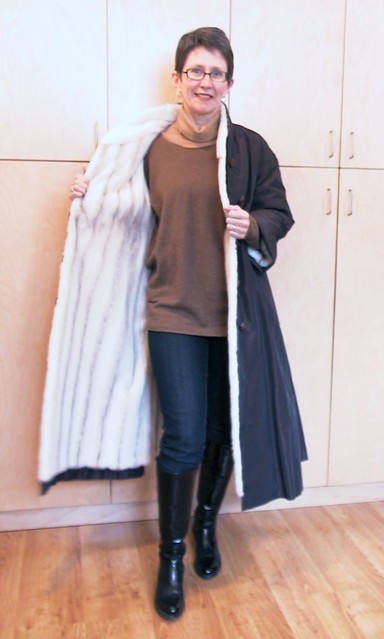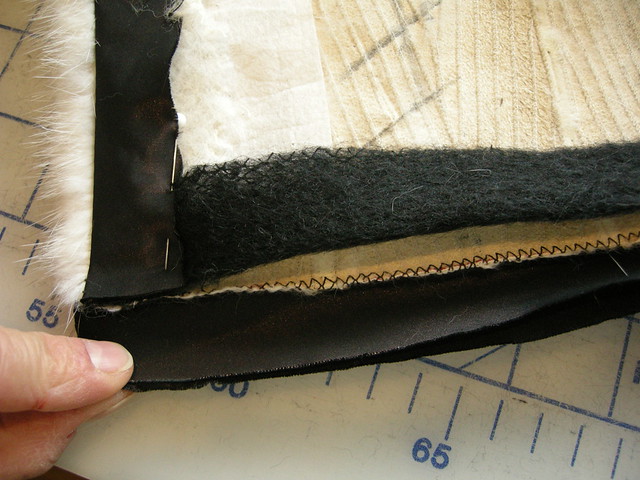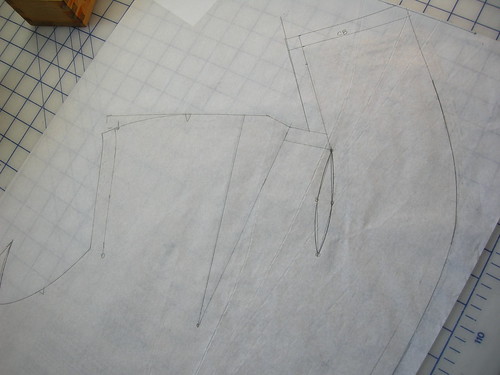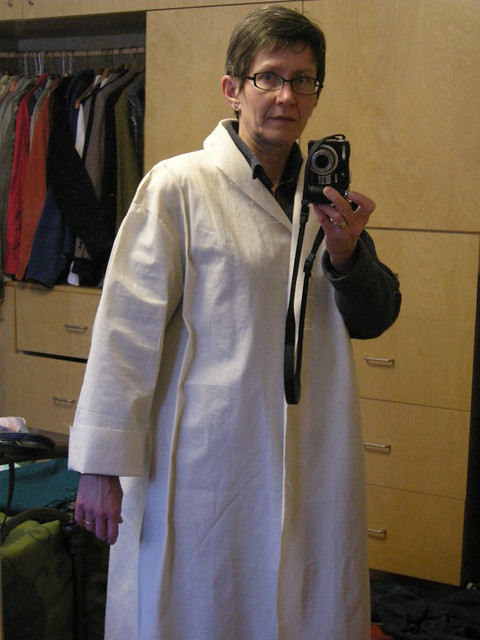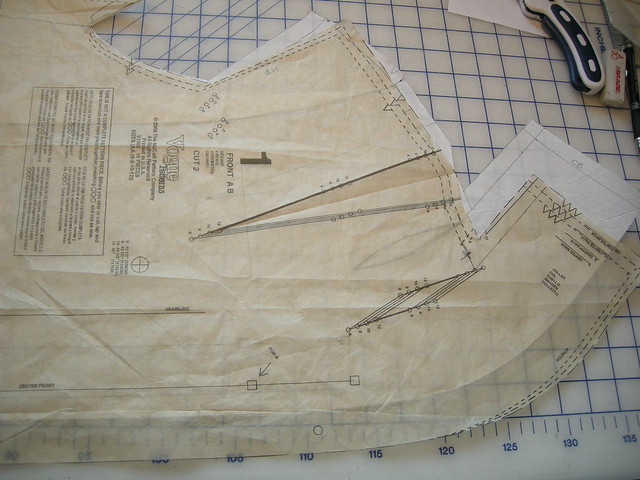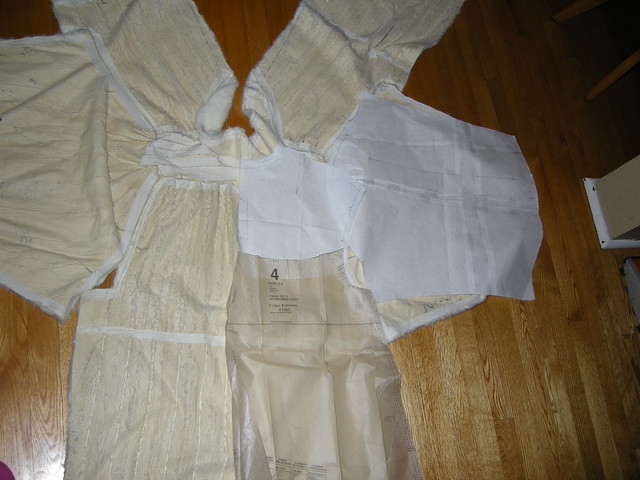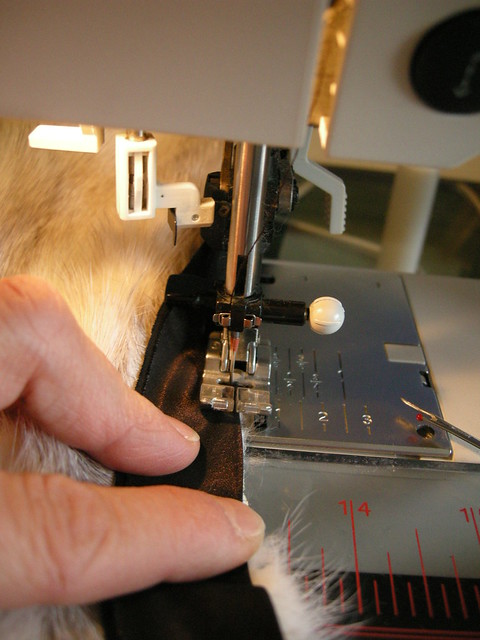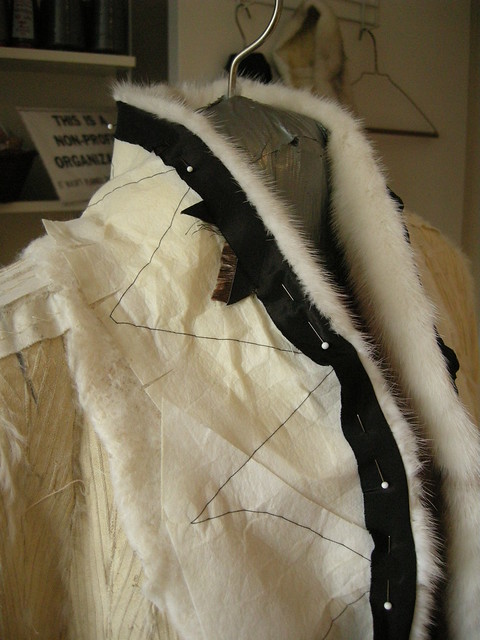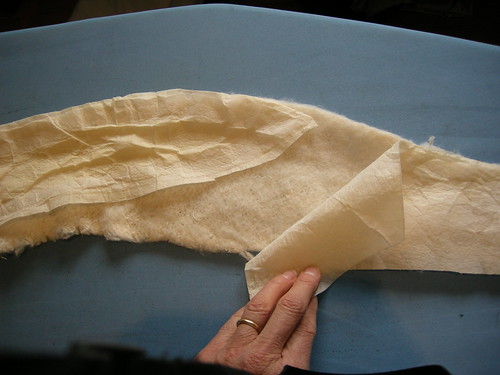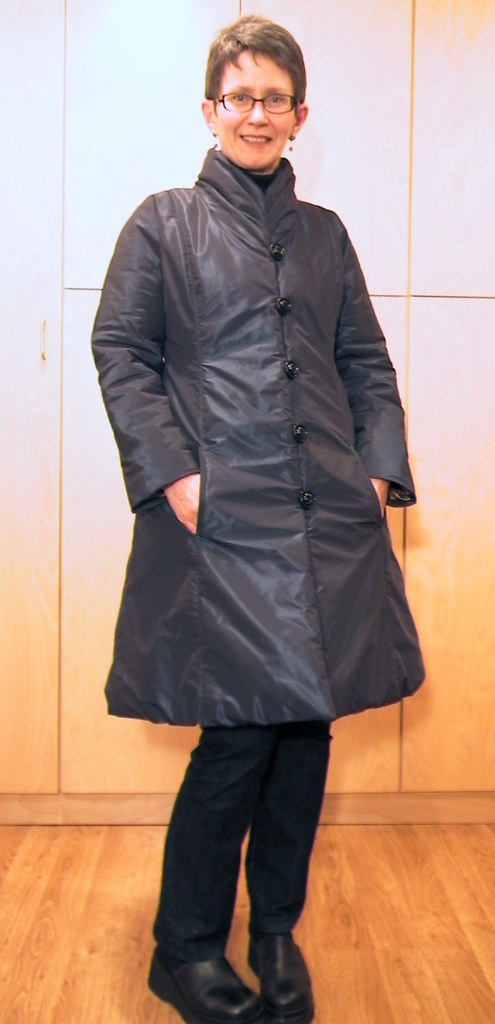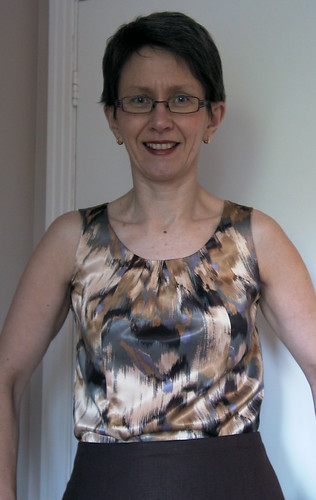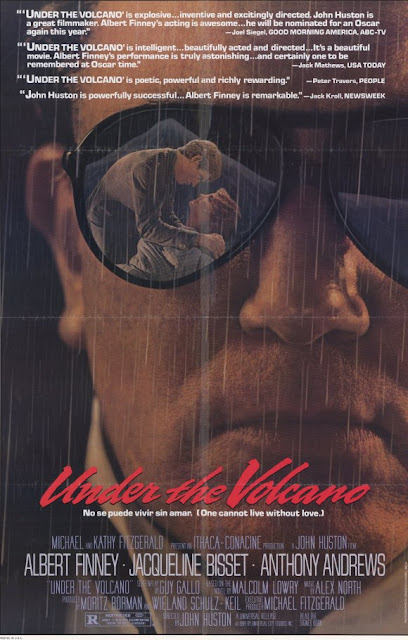The St. Louis Art Museum (SLAM) on February 15, 2011 filed a lawsuit against the United States seeking a declaratory judgment in the case of the Ka-Nefer-Nefer mummy mask. It is helpful to explain both what this lawsuit is about and what missing information and discrepancies are starting to appear at this early stage of the court process.
Summary of SLAM’s Complaint and Legal ArgumentsA declaratory judgment is a binding ruling by a court that decides a party’s rights in a dispute. It is a preventive action taken when a party believes that it will face impending legal action. In this case, SLAM filed a complaint in federal district court to prevent authorities from seizing the mummy mask in its possession. SLAM’s complaint suggests that federal authorities were preparing to seize the controversial mummy mask of Ka-Nefer-Nefer, excavated in 1952 in Egypt and purchased by the museum in 1998 from Phoenix Ancient Art, Geneva. The complaint alleges that “counsel for the Museum was contacted by the United States Attorney's Office for the Eastern District of Missouri in St. Louis, to request a meeting regarding the Mask. On January 13, 2011, the U.S. Attorney's Office in St. Louis hosted a meeting regarding the Mask. In attendance were Assistant U.S. Attorneys from the St. Louis U.S. Attorney's Office and, telephonically, the Southern District of New York, and agents from DHS in St. Louis and, also telephonically, a DHS agent stationed in Cairo, Egypt. During this meeting, the Assistant U.S. Attorneys communicated their intention to seize and forfeit the Mask pursuant to 19 U.S.C. 1595a.” The museum responded by filing the current petition for declaratory judgment.
SLAM wants the federal district court in St. Louis to declare that the mummy mask cannot be seized by federal officials. The museum essentially argues that the US government cannot legally take the mask because the statute of limitations has run out and because there is no reason to believe that the mask is Egyptian property or that it was illegally stolen or smuggled into the United States.
The museum presumes that federal authorities wish to seize the mummy mask under a specific section of the US customs law, specifically 19 U.S.C. §1595a. There are other means to seize the mask under federal or state law, but SLAM assumes (not unreasonably) that this particular law would be used.
The museum first argues that the time has run out for the federal government to seize the mummy mask. SLAM’s lawyers point to the fact that the US government had, at most, five years to seize the mask from the time it had information that the mask was allegedly stolen. The museum cites several examples of how it believes federal officials possessed this knowledge as early as 1998, including that
- the US Department of Justice in February 1998, actually or constructively, received from INTERPOL the museum’s letter inquiring about whether the mask was stolen or illicit and
- the FBI in December 2005 and January 2006 knew or should have know about allegations that the mask was stolen because the founder of the Museum Security Network sent emails to the FBI Art Crimes Program asserting that the mask was probably stolen.
SLAM therefore argues that the United States cannot seize the mummy mask because the statute of limitations clock set by 19 U.S.C. §1621 now forbids it.
Second, the museum claims in its complaint that even if the statute of limitations clock has not run out, federal authorities still cannot seize the mummy mask because “[t]he Museum’s investigation revealed no evidence that the Mask was owned by Egypt under applicable Egyptian law at the time of excavation, that the Mask was stolen from Egypt, or that the Mask had unlawfully entered the United States.”
SLAM argues that federal agents cannot take the mask because the government cannot produce sufficient information to show that the mask was stolen or smuggled into the United States pursuant to 19 U.S.C. §1595a. The museum further points out that “Egyptian Law No. 215 on the Protection of Antiquities, the [cultural patrimony] law applicable at the time the Mask was discovered and excavated, allowed for personal and private ownership of Egyptian antiquities, provided that antiquities could be sold or gifted and, as such, did not establish ownership of the Mask by Egypt.” The museum’s lawyers conclude that “the United States lacks an evidentiary basis for asserting the Mask was stolen pursuant to Egyptian Law No. 215, or seizing and/or causing the forfeiture of the Mask pursuant to 19 U.S.C. § 1595a.”
Now that the complaint has been filed by SLAM, federal attorneys will file a response.
Emerging Missing Information and DiscrepanciesSLAM’s complaint says that it purchased the mummy mask sometime in April 1998 from Phoenix Ancient Art in Geneva, Switzerland. The museum acknowledges that Mohammed Zakaria Goneim excavated the mask near King Sekhemkhet’s unfinished pyramid in Saqqara sometime around 1952. SLAM’s reported history of the mask (the provenance) picks up in the early 1960s when the museum reports that “the Mask was a part of the Kaloterna (or Kaliterna) private collection, during which time it was purchased by Ms. Zuzi Jelinek ('Jelinek'), a Croatian collector in Switzerland. In or around 1995, Jelinek sold the Mask to Phoenix Ancient Art, S.A. of Geneva ('Phoenix'). On or about April 3, 1998, the Museum purchased the Mask from Phoenix.”
Absent from the legal complaint are significant pieces of information that one hopes will be filled-in during the ensuing litigation. The court process can oftentimes shed light on murky or unknown facts, and supplemental information in this case can fill in important gaps and clear up lingering discrepancies. A few are described here.
For example, SLAM’s description of the mummy mask’s provenance in its legal complaint differs from the mummy mask’s chain of custody as reported by the
Riverfront Times in 2006. That newspaper reviewed the provenance of the mask based on paperwork supplied by SLAM. The
Riverfront Times reported that the mask went from excavation/Egypt - to an unknown Brussels dealer sometime around 1952 – to Kaloterna - to Jelinek – to Phoenix Ancient Art/Aboutaam brothers. SLAM’s legal complaint states that the mask went from excavation/Egypt - to the Kaloterna private collection – to Zuzi Jelinek – to Phoenix Ancient Art/Aboutaam brothers.
SLAM’s legal complaint omits a description of who exactly took possession of the mask after it was excavated by the Egyptians. Most importantly the complaint is silent about how an excavated and documented mummy mask legally exited Egypt in the first place. The court papers filed also ignore the fact that Goneim was an antiquities inspector in Egypt and was the archaeologist who discovered Sekhemket’s pyramid site. Goneim’s status as both a scientist and an Egyptian government official/employee are important facts since issues about what laws and regulations he and his Egyptian superiors followed during the 1950s and 1960s are likely to be significant to the question of whether the mask was stolen.
Curiously, the legal complaint also avoids any mention at all of the mask having been seen with a Brussels antiquities dealer. The
Riverfront Times reported that SLAM received documents from Phoenix Ancient Art that included a 1997 note from Charly Mathez, an elusive Swiss man, which explained how he spotted the mask in 1952 in the hands of an unidentified antiquities dealer located in Brussels, Belgium. The absence of this information from the legal complaint raises questions.
In any case, the SLAM’s complaint also omits a description of how the mask made its way from the point of excavation to the Kaloterna private collection, or a description of who owned this collection. There is also no information about the date or the nature of the transfer from the Kaloterna private collection to Zuzi Jelinek in Switzerland. The hazy information currently supplied in the legal complaint should be described more fully as the case continues through the federal process.
Meanwhile, SLAM’s assertion that Jelinek sold the mask to Phoenix Ancient Art will likely be challenged by the federal government. The
Riverfront Times described an unusual transaction between Zuzi Jelinek and Phoeniz Ancient Art, or perhaps the lack of a transaction at all. The newspaper explained:
“According to Swiss telephone listings, a Suzana Jelinek-Ronkuline lives at 84 Quai de Cologny in Geneva. Her telephone number is identical to the one on the letter Phoenix Ancient Art provided to the St. Louis museum. Reached by phone in Geneva, a man identifying himself as Jelinek's son, Ivo Jelinek, says his mother never owned the Ka-Nefer-Nefer mask. ‘This is completely false information. . . .’ Jelinek says his mother's name may be linked to the Ka-Nefer-Nefer mask for another reason: the Aboutaam brothers, owners of Phoenix Ancient Art, rented another house she owns on Quai de Cologny. . . . Presented with this information, Hicham Aboutaam directed the Riverfront Timesto a woman identifying herself as Suzana Jelinek, of Zagreb, Croatia. ‘I bought the mask many many years ago, and I sold it many many years ago,’ says Suzana Jelinek when reached at her Zagreb home. ‘I have so many things in my collection that my children don't know what all I have.’”
Phoenix Ancient Art allegedly bought the mask in 1997 from Jelinek. The purchase price paid by Phoenix was not known, according to the
Riverfront Times. But this price hopefully will be reported during the current federal litigation since an object’s fair market value or its undervalue is a piece of evidence used to determine whether property was legally or illegally transferred. It also goes without saying that evidence of a purchase and sale can certainly establish whether Jelinek engaged in a transaction involving the mask. That evidence can take many forms, including evidence of the parties’ bank statements for example, documenting the release of purchase money or the deposit of sale money.
Also of interest is the museum’s reported due diligence. One must always ask “What diligence is due?” The museum’s complaint certainly details a variety of concrete and laudible steps taken to verify the mummy mask’s provenance. However, several questions remain regarding the actual information learned through that diligence and how that information was accepted or rejected when deciding to purchase the mask.
Hopefully we will learn more as the case progresses.
Sources:
THE ART MUSEUM SUBDISTRICT OF THE METROPOLITAN ZOOLOGICAL PARK AND MUSEUM DISTRICT OF THE CITY OF SAINT LOUIS AND THE COUNTY OF SAINT LOUIS v. THE UNITED STATES OF AMERICA, SLAM’s complaint for Declaratory Judgment (February 15, 2011) (
http://www.courthousenews.com/2011/02/16/MummyMask.pdf) (last visited February 19, 2011).
Malcolm Gay, “Out of Egypt: From a long-buried pyramid to the Saint Louis Art Museum: The mysterious voyage of the Ka-Nefer-Nefer mask,”
Riverfront Times, Feb. 15, 2006 (
http://www.riverfronttimes.com/2006-02-15/news/out-of-egypt/full) (last visited February 19, 2011).
 Ahh, the mink inside. So cozy! It did finally get a "real" workout in the north when the temperatures plummeted to about -30C, with a wind. I'm pleased to report that it came through with flying colours! No wind penetration, except below the bottom button of course. If I had thought to wear my snow pants I would have been entirely toasty warm, if not so elegant.
Ahh, the mink inside. So cozy! It did finally get a "real" workout in the north when the temperatures plummeted to about -30C, with a wind. I'm pleased to report that it came through with flying colours! No wind penetration, except below the bottom button of course. If I had thought to wear my snow pants I would have been entirely toasty warm, if not so elegant. 

 I took a lot of the flare out of the hem at CB but still, the outer coat is more flared at the hem than the fur. Because the fabric is thin and a little stiff (think a synthetic taffeta) I weighted it by sewing small metal washers into the hem. I thought airport security might be puzzled, but no questions were asked.
I took a lot of the flare out of the hem at CB but still, the outer coat is more flared at the hem than the fur. Because the fabric is thin and a little stiff (think a synthetic taffeta) I weighted it by sewing small metal washers into the hem. I thought airport security might be puzzled, but no questions were asked.  To the left is is the best picture showing the edges in more detail. I sewed the outer and inner coats separately, finishing the edges of each. The outer coat facings are topstitched at about 2cm (.75") using heavy duty thread on my Featherweight. I then hand-sewed the coats together along the front edge.
To the left is is the best picture showing the edges in more detail. I sewed the outer and inner coats separately, finishing the edges of each. The outer coat facings are topstitched at about 2cm (.75") using heavy duty thread on my Featherweight. I then hand-sewed the coats together along the front edge.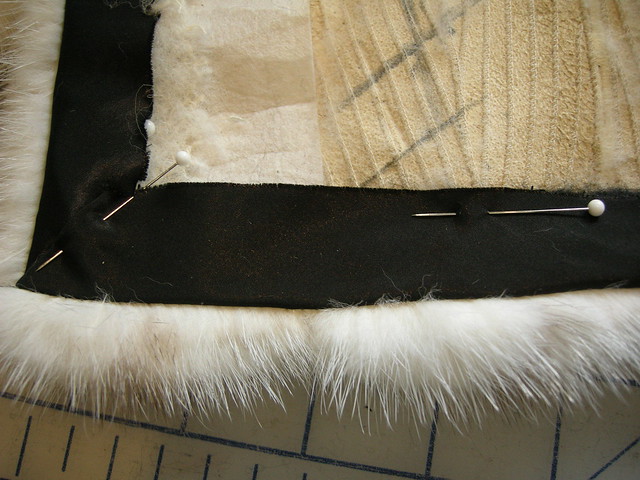 At left you can see how the bias strip is attached by zig zag to the lower edge of the coat, and the lambswool strip is in place. To the right, I have folded up the bias strip and mitered the corner in preparation for hand sewing it to the coat.
At left you can see how the bias strip is attached by zig zag to the lower edge of the coat, and the lambswool strip is in place. To the right, I have folded up the bias strip and mitered the corner in preparation for hand sewing it to the coat. 